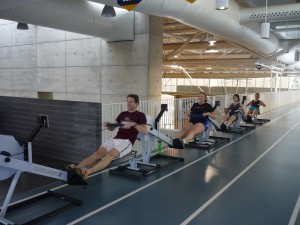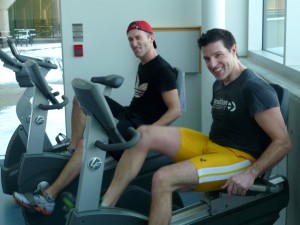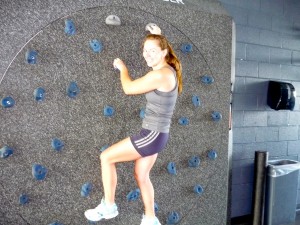“Raindrops keep falling on my head” was playing when I came in out of the flurries. The sushi joint’s waiter cheerfully led me to my table. As I waited for my friend to arrive, I considered whether the ‘local’ music makes restaurants more authentic. Those, such as Bosnia/Serbia last week that featured warbling Balkan voices, might feel truer than those with easy-listening coming out of the speakers.
Certainly, Japanese restaurants are ubiquitous in Toronto. My friend lives near Roncesvalles Avenue, known more for its East European and comfort food places, but sure enough there’s a sushi restaurant on Roncy. I figure I’m more likely to have Japanese food any given month than any other of the 32 nations in the World Cup.
So the menu offering of sashimi, sushi, rolls, tempura, etc was familiar. My friend’s not much of a seafoodie, so we settled on the basics: tuna and salmon sushi plus california rolls and some tempura’d vegetables. I also had squid sashimi with slivers of cucumber rolled inside. The flavour of the squid was muted, but the rubbery white flesh and crisp cucumber produced a worthwhile texture contrast.
My WCDT is never going to be mainly about gastronomy. It’s an opportunity to get to know some Toronto neighbourhoods and people better, and to catch up with old friends, as in this case. Jen didn’t much enjoy the reminder that we rowed together in University 20 years (and half our lives) ago, but here we were, still talking rowing after all these years.



